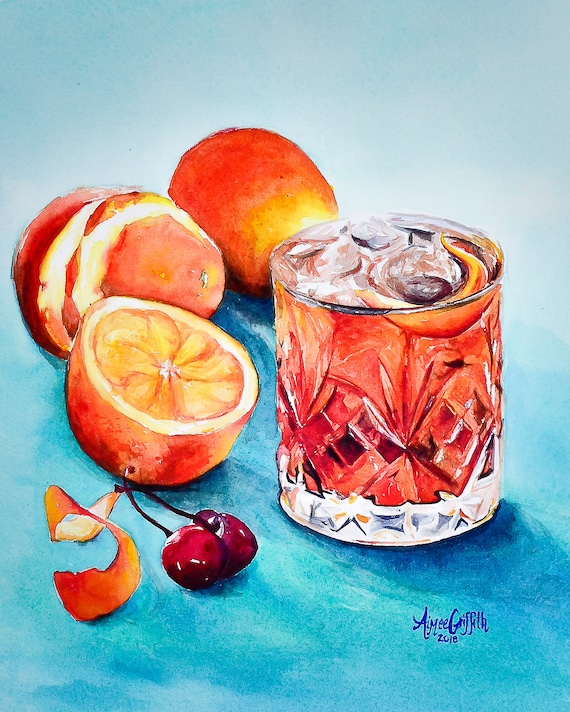The Significance of Whiskey Art in Celebrating Heritage and Workmanship in the Beverage Industry
The intricate relationship between whiskey art and the event of heritage and craftsmanship within the beverage market can not be overemphasized. Via thoughtfully made labels and containers, bourbon brands envelop their historic roots and the artisanal skills that define their manufacturing techniques.
The Historic Origins of Whiskey
At the heart of scotch's allure exists an abundant tapestry of historical origins that trace back to ancient people. The beginnings of scotch can be linked to the distillation techniques of the Sumerians and Babylonians around 2000 BCE, where early types of fermented grain beverages began to emerge. It was in the Center Ages that the art of purification evolved considerably, particularly in Ireland and Scotland, leading to the production of whiskey as we understand it today.
The term "bourbon" itself originates from the Gaelic word "uisce beatha," implying "water of life." This expression emphasizes the social value of scotch in Celtic societies, where it was frequently connected with rituals, events, and communal bonding. By the 15th century, purification ended up being an acknowledged craft within monastic areas, paving the means for the facility of legal distilleries.
As trade courses expanded, scotch's appeal grew, transcending local borders and catching the passion of lovers worldwide. Whiskey Art. This historical trip mirrors not just the workmanship behind scotch production but likewise its essential role in social and social contexts, marking it as a considerable drink throughout background
Artistic Expression in Branding
Bourbon branding stands as a compelling crossway of artistry and commerce, where visual identity plays a crucial duty in forming customer perception. The aesthetics of scotch labels, packaging, and marketing products show not only the brand's tale however likewise its core values and heritage. Via imaginative expression, distilleries communicate a narrative that reverberates with customers, evoking emotions and triggering connections.
Using shade, typography, and imagery in branding offers to separate products in a saturated market. Conventional concepts may stimulate a feeling of authenticity and workmanship, while modern layouts can signify advancement and forward-thinking. This strategic creative instructions enhances brand name acknowledgment and loyalty, enabling customers to forge an individual partnership with the scotch they pick.
Moreover, creative expression in branding usually works as an event of local heritage. Distilleries frequently integrate neighborhood icons or historical recommendations right into their layouts, creating a sense of location that welcomes customers to partake in a wider social experience. Inevitably, the artistry behind whiskey branding not only improves aesthetic allure yet also enriches the overall narrative of the brand, promoting a much deeper admiration for the workmanship and heritage embedded in each bottle.
Craftsmanship in Bottle Design
The creativity apparent in scotch branding prolongs past aesthetic identification to include the workmanship involved in container layout. Each bottle acts as a vessel not just for the spirit within, but likewise for the story it outlines its top quality, practice, and beginning. The style process requires meticulous attention to detail, as elements such as form, closure, and material add significantly to the total assumption of the scotch.
Craftsmanship in container layout includes selecting top quality glass that can enhance the bourbon's color and clarity, while additionally supplying a tactile experience for the customer. The shape of see page the bottle must be both useful and visually appealing, often mirroring the heritage of the brand. Many distilleries go with distinct forms or embossed logos that stimulate a sense of credibility and history.
In addition, the label layout and typography play a vital role in connecting the brand's story. Whiskey Art. A well-crafted container not only astounds the consumer's eye however also enhances the brand's dedication to quality and custom. This way, the workmanship of container design comes to be an important facet of the whiskey experience, merging virtuosity with a profound regard for heritage
Social Importance of Bourbon Art
Commemorating tradition and workmanship, the social importance of scotch art goes beyond mere appearances, intertwining with the historic and social narratives of the regions where it stems. Each bottle serves as a canvas, like this showing the unique stories, mythology, and practices that have shaped regional whiskey-making methods. The detailed designs typically mirror the heritage of the distillers, including symbols and motifs that resonate with the culture and worths of their areas.

Furthermore, whiskey art plays a vital function in communal events and parties, functioning as a concrete web link between individuals and their shared experiences. By valuing the artistry in scotch product packaging, consumers cultivate a deeper understanding and regard for the craft, ultimately enriching their pleasure of the drink itself.
Modern Trends in Whiskey Presentation
Recently, the discussion of bourbon has developed to mirror modern tastes and trends while still honoring standard workmanship - Bourbon Art. Distilleries are progressively concentrating on visual components that boost the overall drinking experience, bridging the void great post to read in between heritage and modernity
Innovative bottle designs have emerged, typically including lasting products and imaginative tags that inform engaging tales. Several brand names currently team up with neighborhood musicians, instilling their items with one-of-a-kind aesthetic expressions that reverberate with customers. In addition, limited-edition launches are usually packaged in collectible containers, including worth and charm for lovers.

Conclusion
In final thought, scotch art serves as an important conduit for expressing the heritage and workmanship integral in the drink market. Through intricate branding, cutting-edge container styles, and culturally significant artistic components, bourbon brand names efficiently honor their practices and link with consumers.


Workmanship in container layout involves picking high-grade glass that can enhance the scotch's color and quality, while likewise supplying a responsive experience for the consumer. In this method, the craftsmanship of bottle style comes to be an essential aspect of the scotch experience, merging artistry with an extensive respect for heritage.
In conclusion, whiskey art serves as a crucial avenue for sharing the heritage and craftsmanship fundamental in the drink industry.